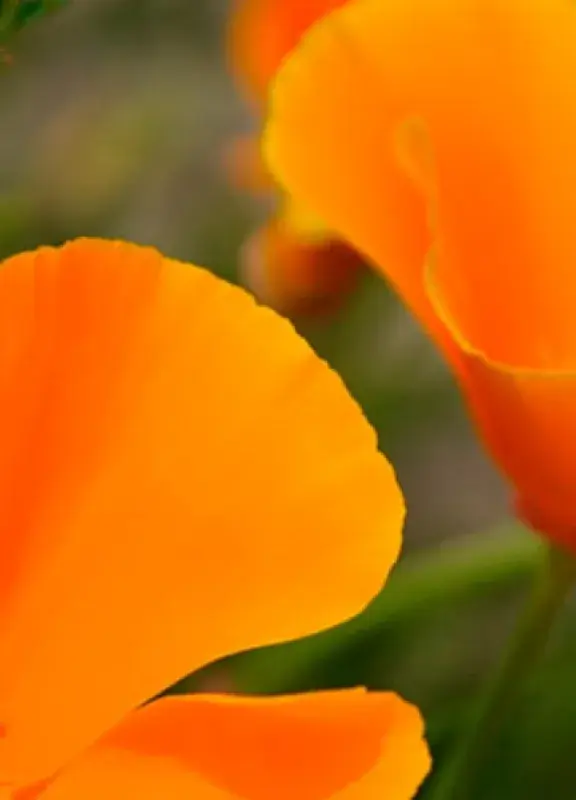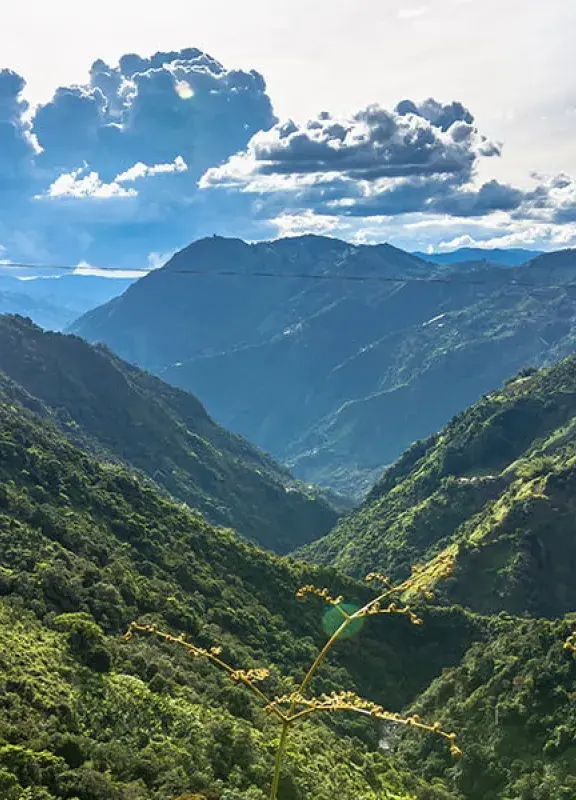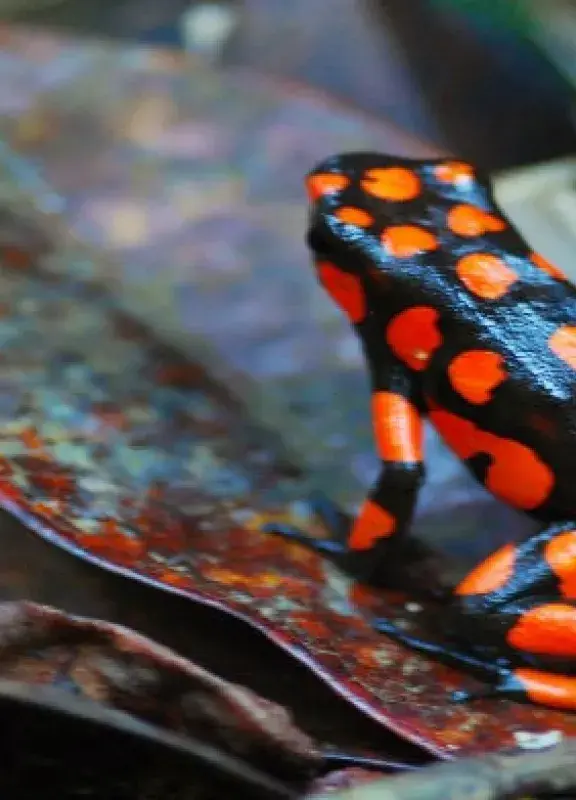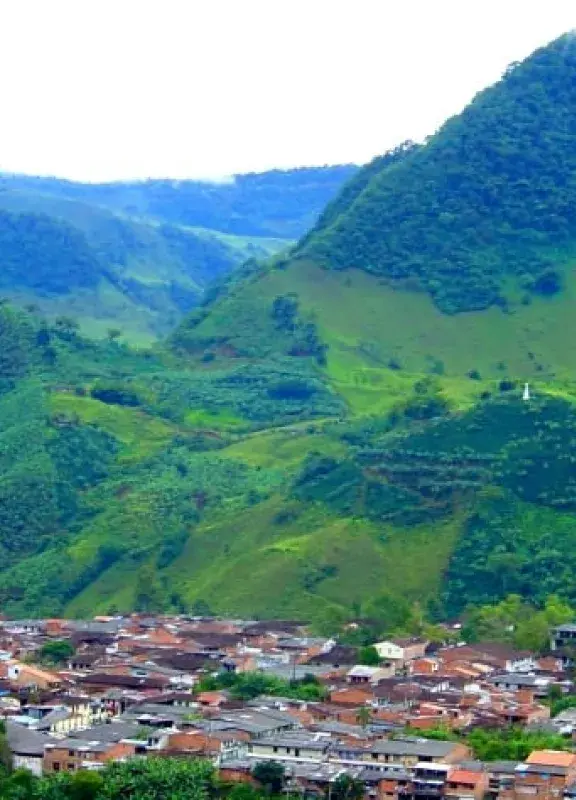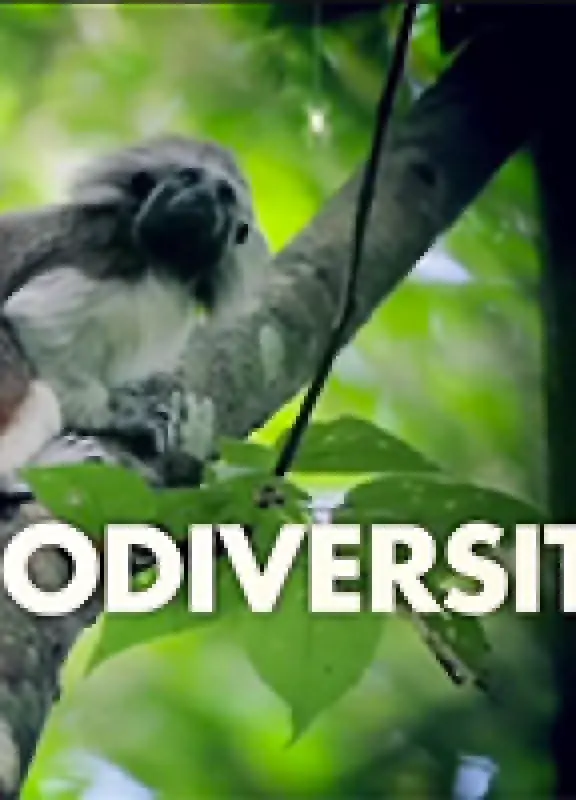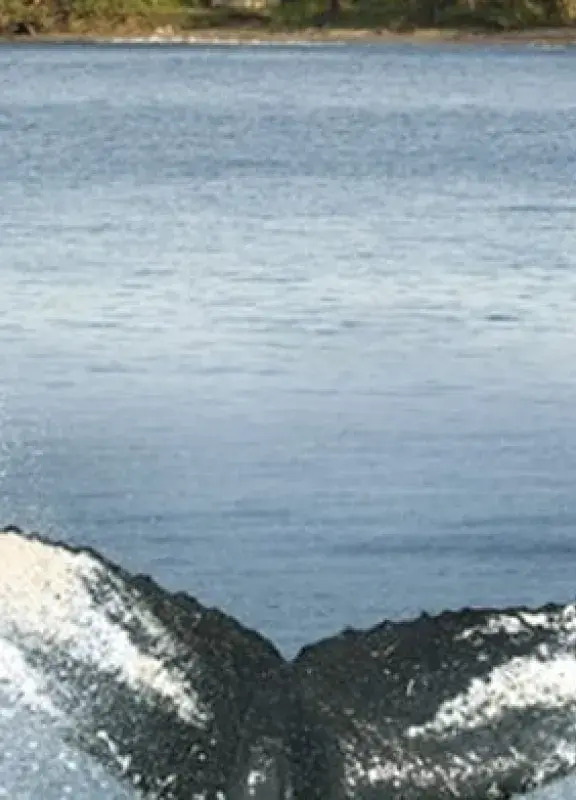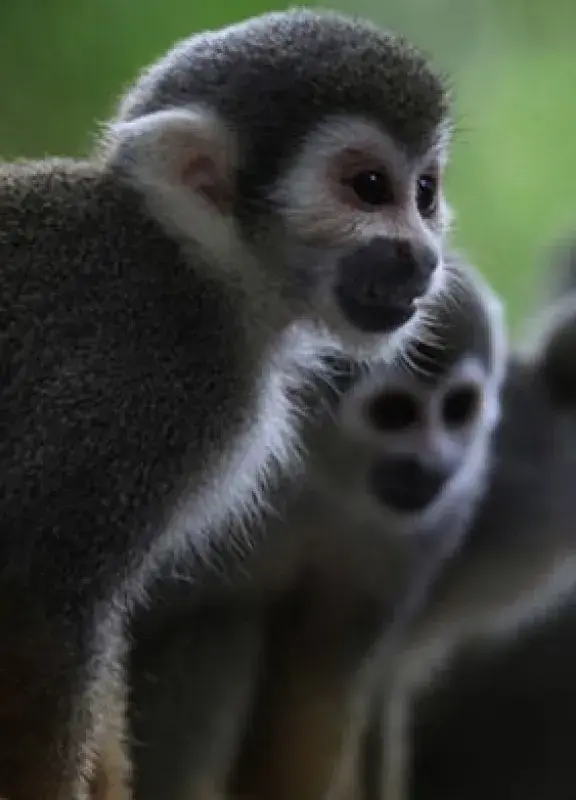Pacific Region: cultural and natural wealth
The Pacific Region is the area with the greatest biodiversity and rainfall density in the country.
Pacific Climate
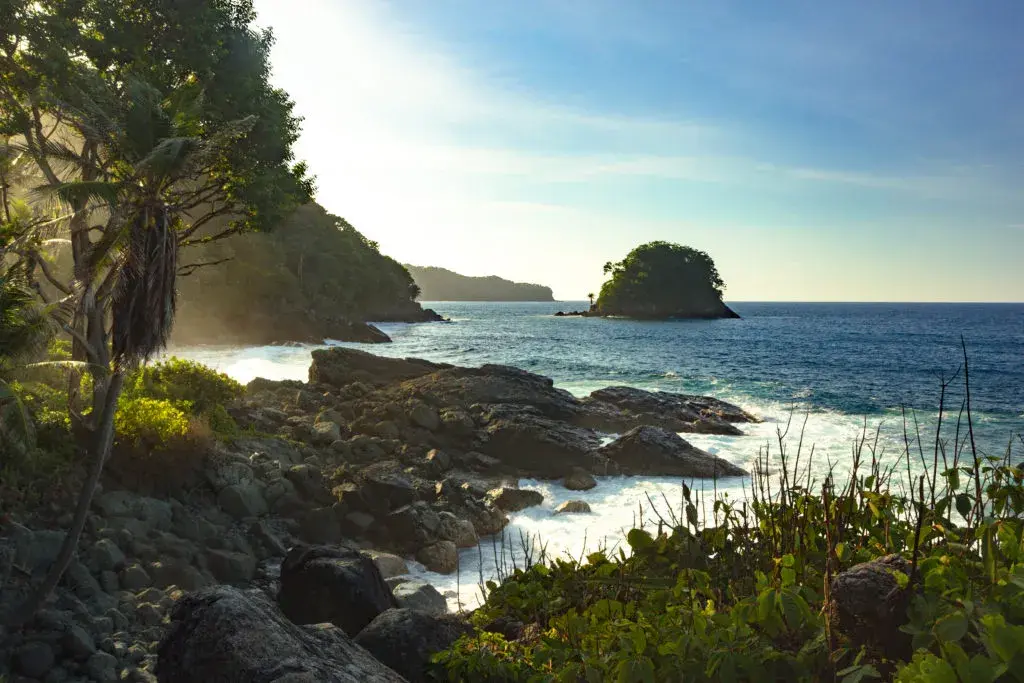
Village of Capurganá in the department of Chocó
The Pacific coast is one of the wettest regions in the country. Throughout the year rainfall is abundant, with constant and heavy rains.
In the department of Chocó lies the municipality that records the highest rainfall in the country: Lloró, a place dedicated to agriculture, mining, and forestry. It has a great variety of streams and is considered one of the rainiest areas in the world.
Pacific Hydrography
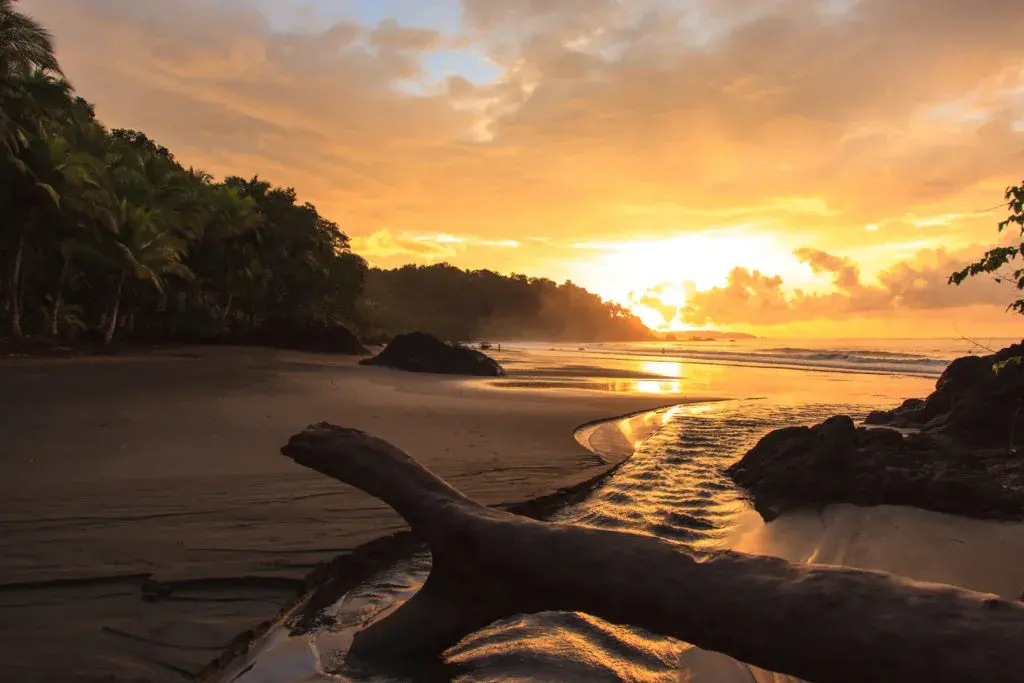
Sunset on the beaches of the Pacific
The region has large and deep rivers that are a source of progress and survival for the departments. Rivers such as the Atrato and the San Juan, which runs through much of Chocó, have two important ports and, due to their navigable kilometers, have become a major source of interregional transport. The Baudó, the Mira, and the Patía are other rivers that also serve as communication routes.
Pacific Fauna and Flora
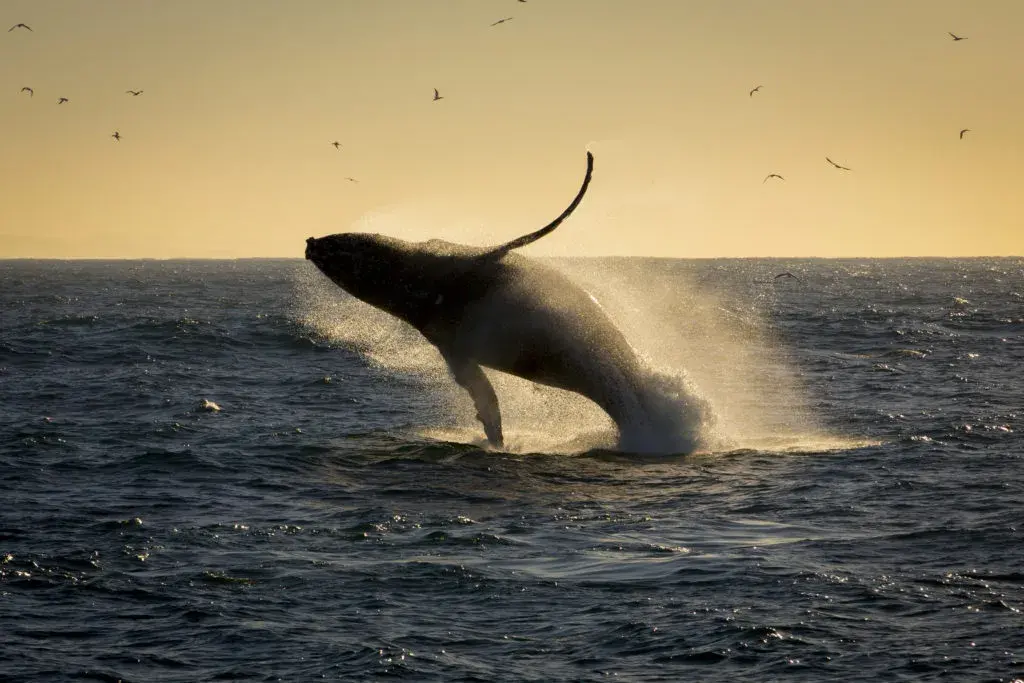
Humpback whale watching in Buenaventura
Its tropical climate makes the Pacific region the habitat of small reptiles and amphibians. It is home to more than 62 species of birds and dozens of fish. Other important species in this region are the jaguar, the titi monkey, humpback whales that visit the coasts of Chocó for almost three months to give birth, the harpy eagle, and the most poisonous vertebrate in the world: the golden poison frog.
Red, black, white, and piñuelo are the four species of mangroves found in this region. Palm trees, ferns, cedars, and bromeliads are also part of its representative flora.
National Natural Parks of the Pacific Region
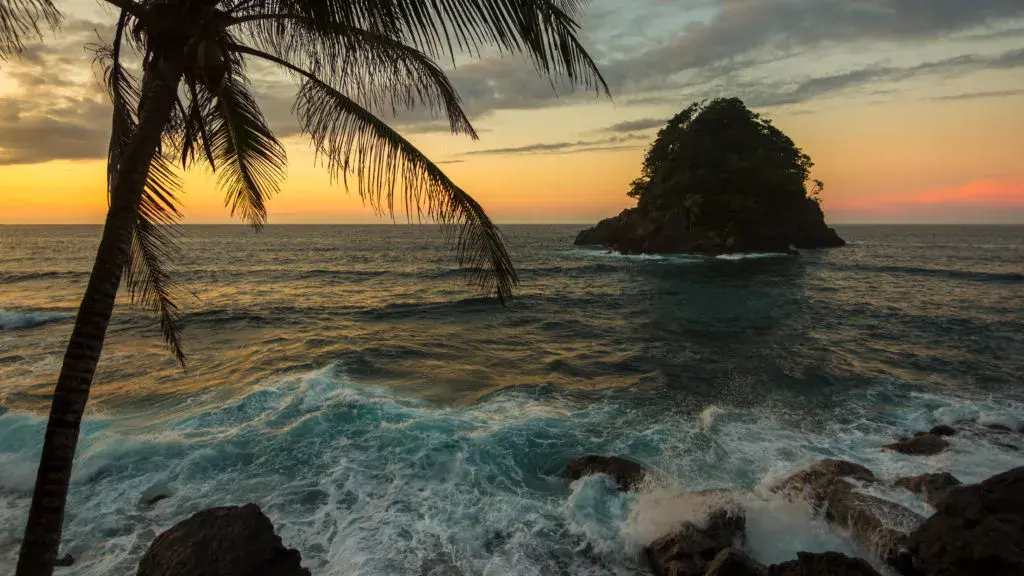
Ensenada Utría National Natural Park in Chocó
In the Pacific region lies the jurisdiction of the Gorgona National Natural Park, the Utría National Natural Park, and the Malpelo Fauna and Flora Sanctuary, all located on continental and oceanic islands. The latter has been declared a UNESCO World Heritage Site and is characterized by having both a marine and a terrestrial ecosystem that enables scientific research on invertebrate mammals. On Malpelo Island, around 300 species of fish can also be observed, including the hammerhead shark.
 Welcome, you are in
Welcome, you are in 



